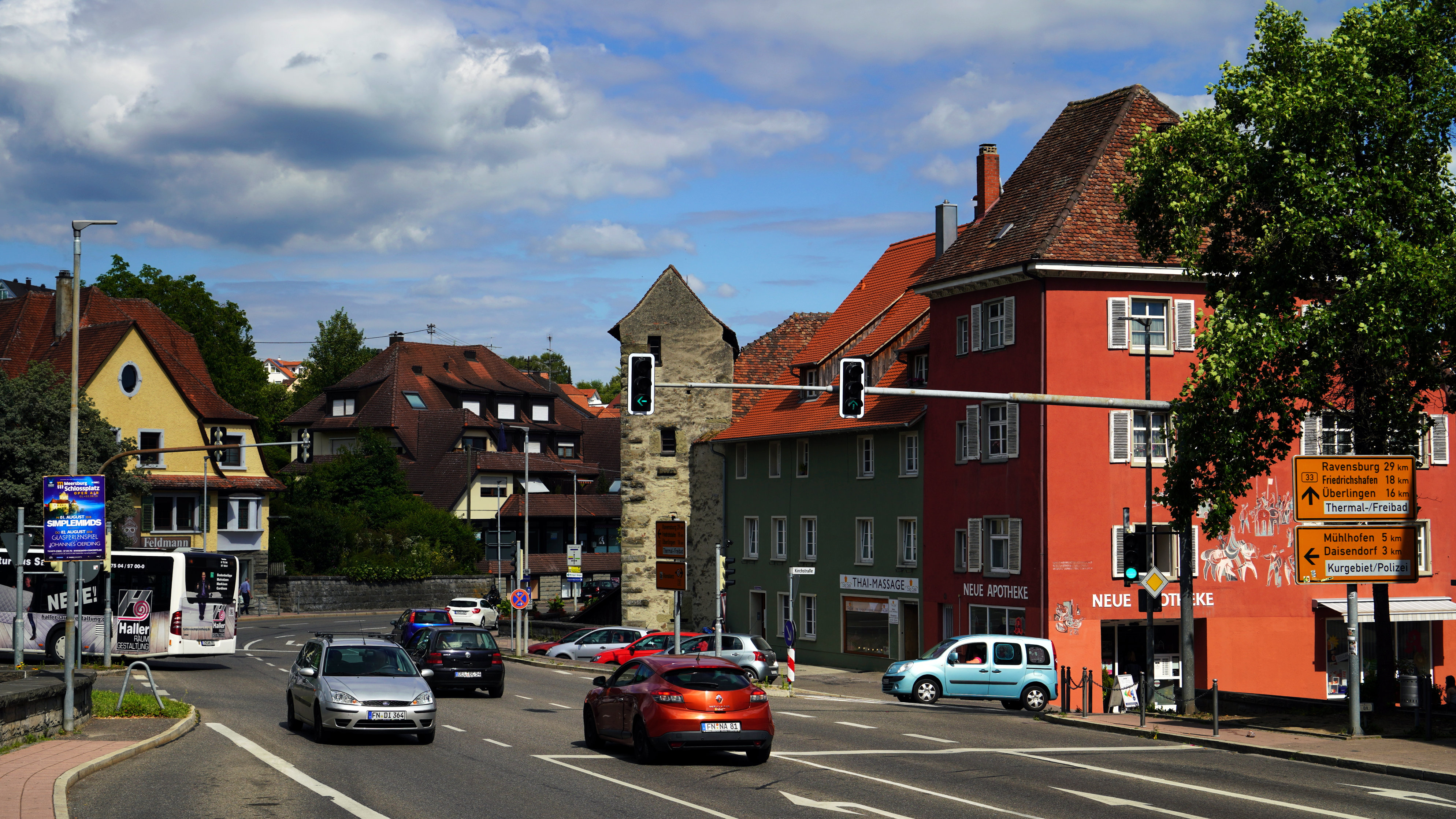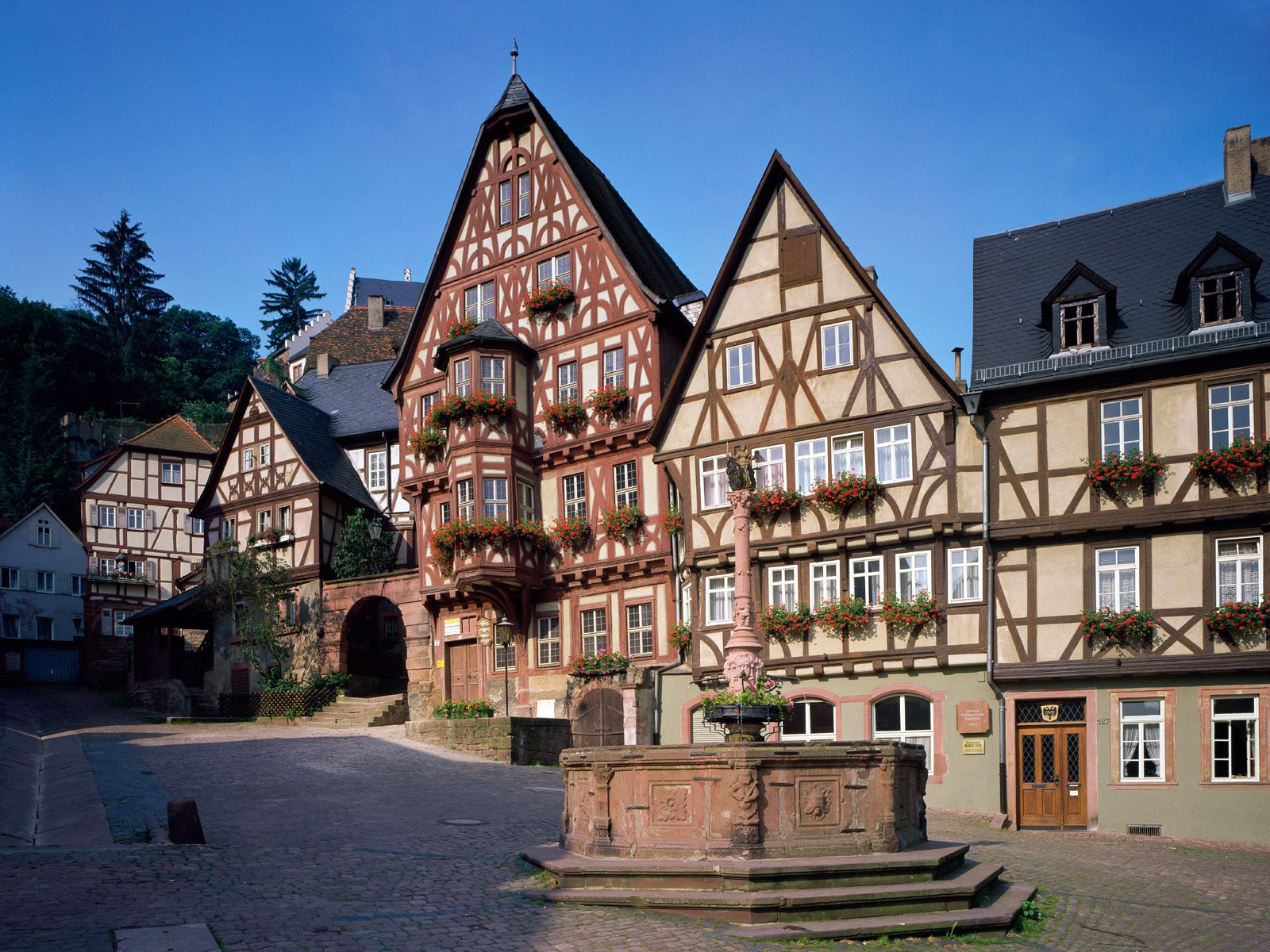Japan Travel
Japan’s Azalea Festivals: Spring Flower Attractions
Japan’s Azalea Festivals: Spring Flower Attractions
When spring arrives in Japan, it unfolds like a delicate painted scroll. While the cherry blossom, or sakura, often claims the spotlight, another floral spectacle quietly takes center stage: the azalea. Known as tsutsuji in Japanese, azaleas burst into vibrant hues of pink, red, purple, and white from mid-April to late May, creating breathtaking landscapes that draw visitors from across the globe. Japan’s azalea festivals are not merely flower-viewing events; they are profound cultural experiences that blend horticultural artistry, historical tradition, and community celebration.

The cultural significance of azaleas in Japan runs deep. Unlike the cherry blossom, which symbolizes the ephemeral nature of life, the azalea often represents passion, fragility, and enduring beauty. Historically, azaleas have been cultivated in Japan for centuries, featured in classical waka poetry, ukiyo-e woodblock prints, and even in family crests (kamon). The plant’s ability to thrive and bloom profusely, even in harsh conditions, has made it a symbol of resilience and abundance. During the Edo period (1603–1868), azalea cultivation became a popular pastime among the elite, with many daimyo (feudal lords) competing to breed new varieties in their garden estates. This historical passion has evolved into the grand festivals we see today, each with its own unique character and charm.
One of the most iconic azalea festivals is held at Nezu Shrine in Bunkyo, Tokyo. This historic shrine, believed to have been founded over 1,900 years ago, becomes a sea of color during the Tsutsuji Matsuri from early April to early May. Over 3,000 azalea bushes of more than 50 varieties bloom across the shrine’s grounds, creating a stunning gradient of colors that contrast beautifully with the shrine’s vermilion-lacquered buildings and traditional stone lanterns. The winding paths through the azalea hills are designed to offer visitors a immersive experience, allowing them to feel surrounded by the blossoms. The festival also features traditional performances, tea ceremonies, and food stalls serving seasonal treats, making it a perfect blend of nature and culture in the heart of the metropolis.
Venturing outside Tokyo, the Fuji Shibazakura Festival near Lake Motosu offers a unique twist on the azalea theme. While primarily famous for its pink moss phlox (shibazakura), the festival also showcases vast azalea plantings with Mount Fuji as a dramatic backdrop. The contrast of the vibrant flowers against Japan’s most sacred mountain is a photographer’s dream. The organized rows of azaleas and phlox create a patchwork of color that resembles a woven carpet, stretching across the foothills. This festival, typically held from mid-April to late May, emphasizes landscape artistry on a grand scale, demonstrating how azaleas can be used to complement natural vistas.
In the Kansai region, the Kasuya Taisha Shrine Azalea Festival in Fukuoka is another must-visit attraction. The shrine’s azalea garden is home to over 50,000 plants covering a mountainside. The sight of the entire hill ablaze with color is nothing short of spectacular. Visitors can climb the steps through the blooms, reaching small viewing platforms that offer panoramic views of the flower-covered slopes and the distant city. The festival often includes nighttime illumination, where carefully placed lights transform the garden into an ethereal landscape, with the flowers glowing under the night sky. This combination of natural beauty and human ingenuity creates a magical atmosphere that feels both ancient and timeless.
For those seeking a more contemplative experience, the Oirase Keiryu Azalea Festival in Aomori Prefecture provides a serene setting. The festival takes place along the Oirase River, known for its pristine waters and lush greenery. Here, wild azaleas grow naturally along the riverbanks and mountain slopes, offering a more untamed and organic beauty. Hiking trails allow visitors to walk alongside the rushing river, surrounded by the fresh green of spring and the bright pops of azalea blooms. This festival is less about commercialization and more about appreciating the native landscape, reminding us of the plant’s wild origins.
The diversity of azalea varieties is another fascinating aspect of these festivals. From the large-flowered Rhododendron indicum to the delicate Rhododendron kaempferi, each type has its own blooming pattern, color intensity, and leaf structure. Many festivals feature designated areas where visitors can learn about different species, their names, and their specific characteristics. This educational component adds depth to the experience, allowing enthusiasts and casual viewers alike to appreciate the botanical artistry behind the displays.
Beyond the visual splendor, azalea festivals engage all the senses. The faint, sweet scent of the flowers fills the air, particularly in the early morning or after a light rain. The sound of traditional music, such as the koto or shakuhachi, often drifts through the gardens during festivals. Food stalls offer seasonal delights like takoyaki (octopus balls), dango (sweet rice dumplings), and freshly brewed green tea. For many Japanese, these festivals are also social events—opportunities to gather with family and friends, enjoy a picnic under the blooms, and celebrate the arrival of spring after a long winter.
In essence, Japan’s azalea festivals are a multidimensional celebration of beauty, seasonality, and cultural heritage. They offer a different pace and perspective compared to the often crowded cherry blossom viewings. The vibrant, resilient azalea provides a spectacular display that captivates the heart and soul, inviting visitors to not only see spring but to feel it in its most exuberant form. Whether in a historic Tokyo shrine, under the gaze of Mount Fuji, or along a wild river in Aomori, these festivals are a testament to Japan’s deep reverence for nature and its ability to create moments of transcendent beauty through the simplest of things: a flower in bloom.
相关文章
- Yamagata’s Zao Onsen: Snow Monster Hot Spring Attraction
- Japan’s Maid Cafés: Akihabara Subculture Attractions
- Okayama’s Okayama Korakuen: Historic Garden Attraction
- Japan’s Horse Racing Tracks: Equestrian Sports Attractions
- Tokyo’s Odaiba Gundam: Anime Icon Attraction
- Japan’s Doll Festivals: Hinamatsuri Attractions
- Kagoshima’s Ibusuki Onsen: Sand Bath Hot Spring Attraction
- Japan’s Table Tennis Clubs: Recreational Attractions
- Kyoto’s Nishiki Market: 400-Year-Old Food Attraction
- Japan’s Camellia Festivals: Winter Flower Attractions
发表评论
评论列表
- 这篇文章还没有收到评论,赶紧来抢沙发吧~


